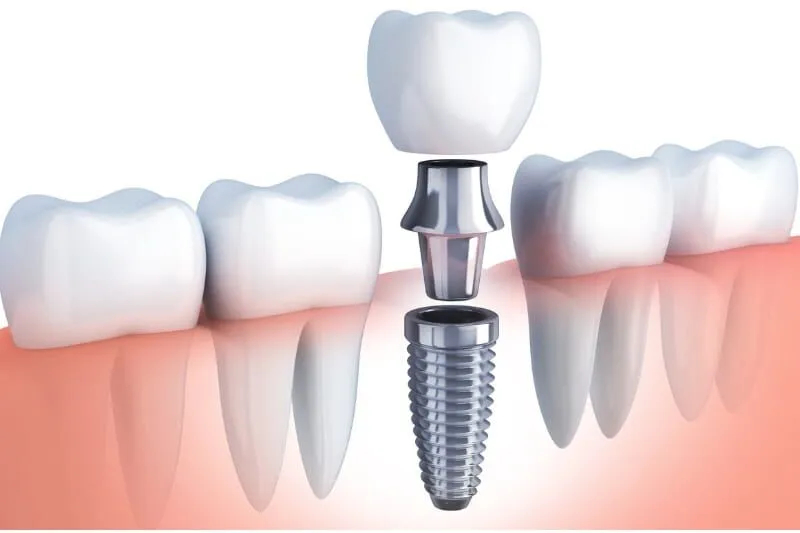
A bright, white smile is often associated with health, confidence, and beauty. Teeth whitening has become one of the most popular cosmetic dental treatments, helping people achieve a brighter smile quickly and effectively. If you’re considering teeth whitening, this guide will cover everything you need to know, including methods, benefits, risks, and maintenance tips.
Why Do Teeth Become Discolored?
To understand teeth whitening, it’s essential to know why teeth become stained or discolored in the first place. Several factors contribute to tooth discoloration:
1. Dietary Habits
Certain foods and drinks, such as coffee, tea, red wine, and dark-colored berries, contain staining agents called tannins that cause discoloration over time.
2. Smoking and Tobacco Use
Nicotine and tar from smoking or chewing tobacco can cause yellow or brown stains on teeth, making them look dull and aged.
3. Poor Oral Hygiene
Failure to brush and floss regularly can lead to plaque and tartar buildup, causing teeth to appear yellow or brown.
4. Aging
As we age, the enamel (outer layer of teeth) naturally wears down, revealing the yellowish dentin beneath.
5. Medications
Certain medications, such as antibiotics (e.g., tetracycline) and chemotherapy drugs, can lead to intrinsic discoloration that affects the inner structure of the teeth.
6. Genetics
Some people naturally have whiter or thicker enamel, while others may have a predisposition to yellowing teeth.
Popular Teeth Whitening Methods
Teeth whitening can be done using various methods, ranging from professional treatments to at-home remedies. Below are some of the most effective ways to whiten teeth:
1. Professional Teeth Whitening (In-Office Treatment)
This is the most effective and quickest way to whiten teeth. A dentist applies a high-concentration whitening gel (usually containing hydrogen peroxide or carbamide peroxide) and activates it with a special light or laser.
Pros:
-
Immediate and noticeable results
-
Performed by a professional, ensuring safety
-
Long-lasting effects
Cons:
-
More expensive than other methods
-
Possible tooth sensitivity after treatment
2. At-Home Whitening Kits (Dentist-Prescribed)
Dentists may provide custom-made trays and whitening gel for patients to use at home. This method is effective but takes longer than in-office treatments.
Pros:
-
Customized trays ensure even whitening
-
More affordable than in-office whitening
Cons:
-
Results take longer (usually a few weeks)
-
Possible gum irritation if used incorrectly
3. Over-the-Counter Whitening Products
These include whitening strips, gels, toothpaste, and mouthwashes. They contain lower concentrations of bleaching agents than professional treatments.
Pros:
-
Easily accessible and affordable
-
Convenient to use at home
Cons:
-
Takes longer to see results
-
May not be as effective on deep stains
4. Natural Teeth Whitening Remedies
Some people prefer natural alternatives to chemical-based whiteners. Popular options include:
-
Baking Soda and Hydrogen Peroxide: A paste made from these ingredients can remove surface stains.
-
Activated Charcoal: Claims to absorb stains and toxins, although scientific evidence is limited.
-
Oil Pulling (Coconut Oil Swishing): May help reduce bacteria and stains over time.
-
Apple Cider Vinegar: A mild acid that may help remove stains, but excessive use can erode enamel.
Pros:
-
Affordable and natural
-
No harsh chemicals
Cons:
-
Results are not as immediate or effective as professional methods
-
Some methods can damage enamel if overused
Benefits of Teeth Whitening
Teeth whitening provides several advantages beyond just improving your smile. Here are some key benefits:
1. Enhanced Appearance
Whiter teeth give a more youthful and attractive look, boosting confidence and self-esteem.
2. Better Oral Hygiene Awareness
People who invest in teeth whitening are often more motivated to maintain good oral hygiene.
3. Positive First Impressions
A bright smile can enhance personal and professional interactions by making you appear more approachable and confident.
4. Removes Stains and Discoloration
Whitening treatments effectively remove stains from food, drinks, and smoking, restoring the natural beauty of your teeth.
5. Affordable and Non-Invasive
Compared to other cosmetic dental treatments, teeth whitening is relatively affordable and doesn’t require surgery or invasive procedures.
Risks and Side Effects of Teeth Whitening
While teeth whitening is generally safe, there are some potential risks and side effects:
1. Tooth Sensitivity
Whitening agents can temporarily make teeth more sensitive to hot and cold foods or drinks.
2. Gum Irritation
Bleaching gels can cause irritation or burns if they come into contact with the gums.
3. Uneven Whitening
Existing dental work, such as crowns or veneers, will not whiten like natural teeth, leading to uneven results.
4. Overuse Risks
Excessive whitening can lead to enamel erosion, making teeth weaker over time.
Tips for Maintaining Whiter Teeth
After whitening your teeth, it’s important to maintain the results. Here are some tips to keep your smile bright:
1. Avoid Staining Foods and Drinks
Limit consumption of coffee, tea, red wine, and soda. If you do consume them, use a straw to minimize contact with teeth.
2. Practice Good Oral Hygiene
Brush at least twice a day, floss daily, and use an antiseptic mouthwash to prevent plaque buildup.
3. Use a Whitening Toothpaste
Whitening toothpaste can help remove surface stains and prolong the effects of whitening treatments.
4. Quit Smoking
Tobacco use is a major cause of staining. Quitting can help maintain a whiter smile and improve overall oral health.
5. Stay Hydrated
Drinking plenty of water helps wash away food particles and reduces the risk of staining.
6. Regular Dental Checkups
Visit your dentist every six months for cleanings and touch-ups to keep your teeth in top condition.
Conclusion
Teeth whitening is an effective way to enhance your smile and boost your confidence. Whether you choose professional treatments, at-home kits, or natural remedies, it’s essential to follow proper oral hygiene practices to maintain long-lasting results. If you’re unsure about which method is best for you, consult a dentist for personalized advice.
By taking care of your teeth and making smart lifestyle choices, you can enjoy a brighter, healthier smile for years to come!